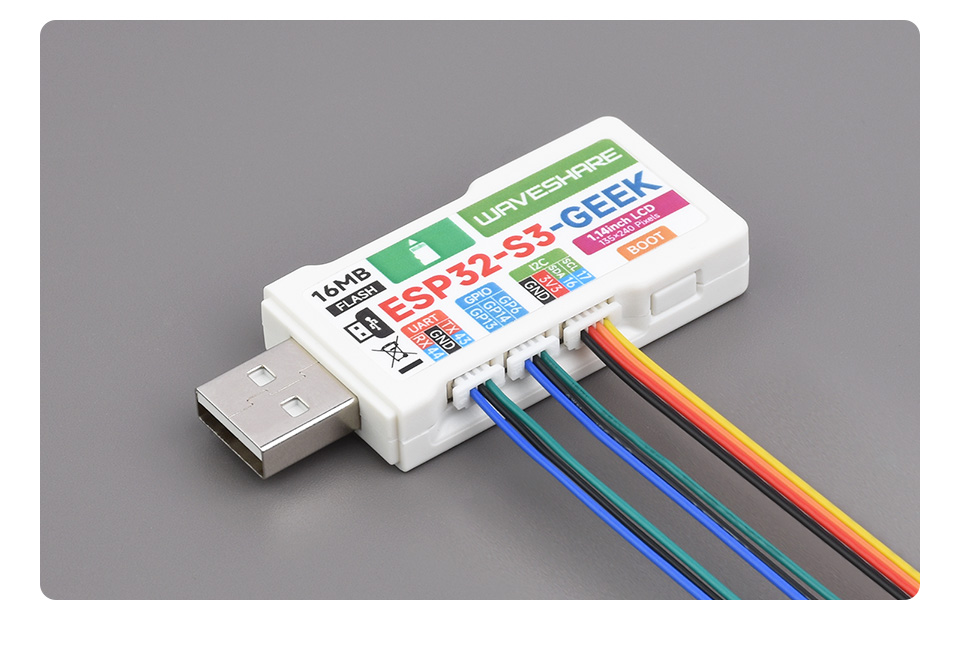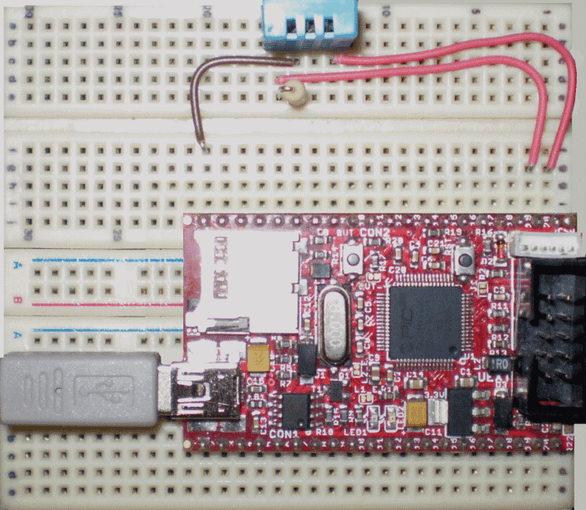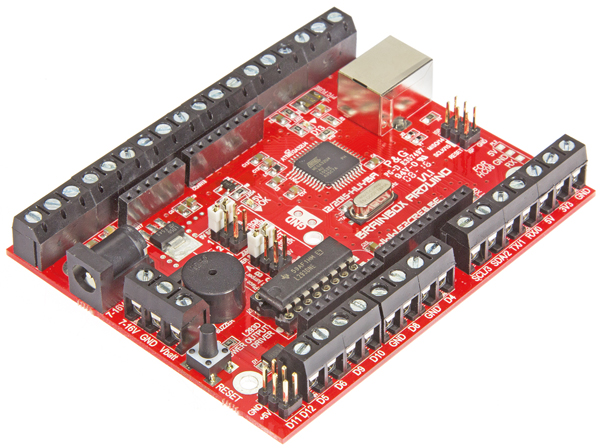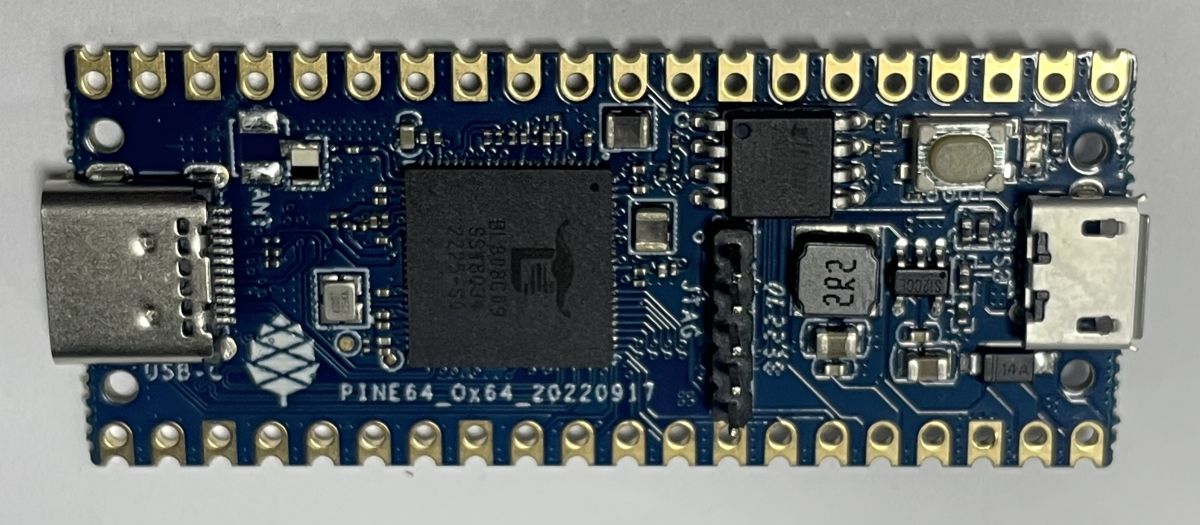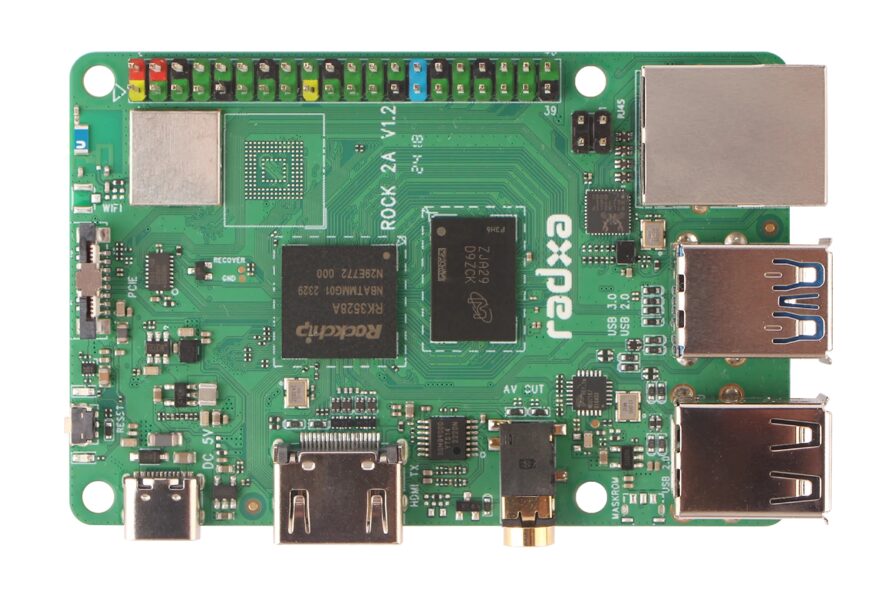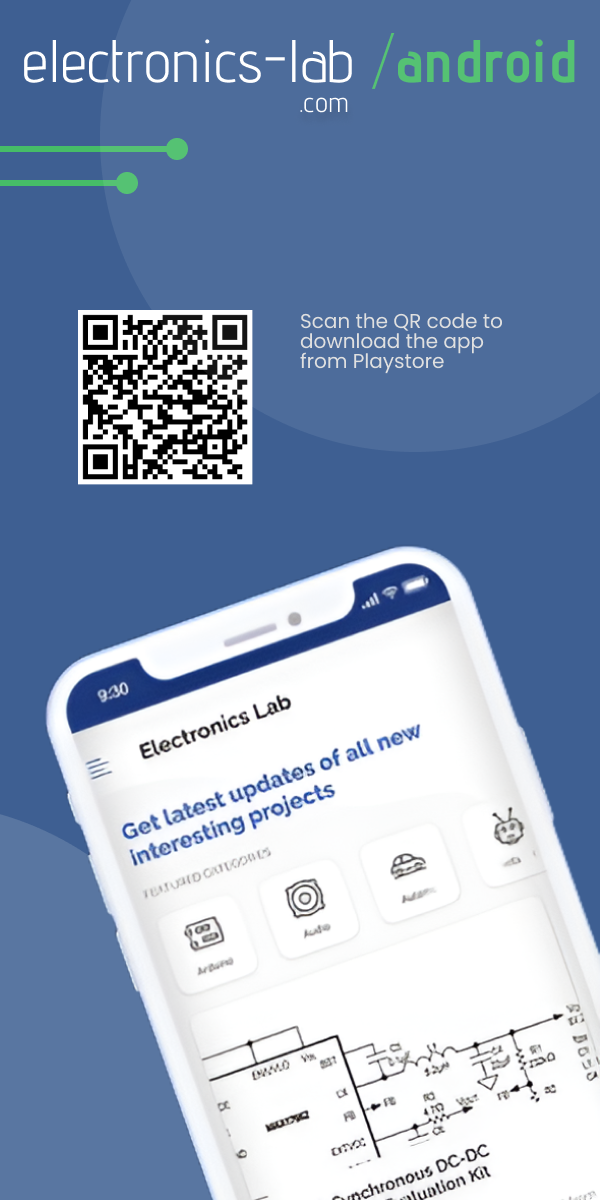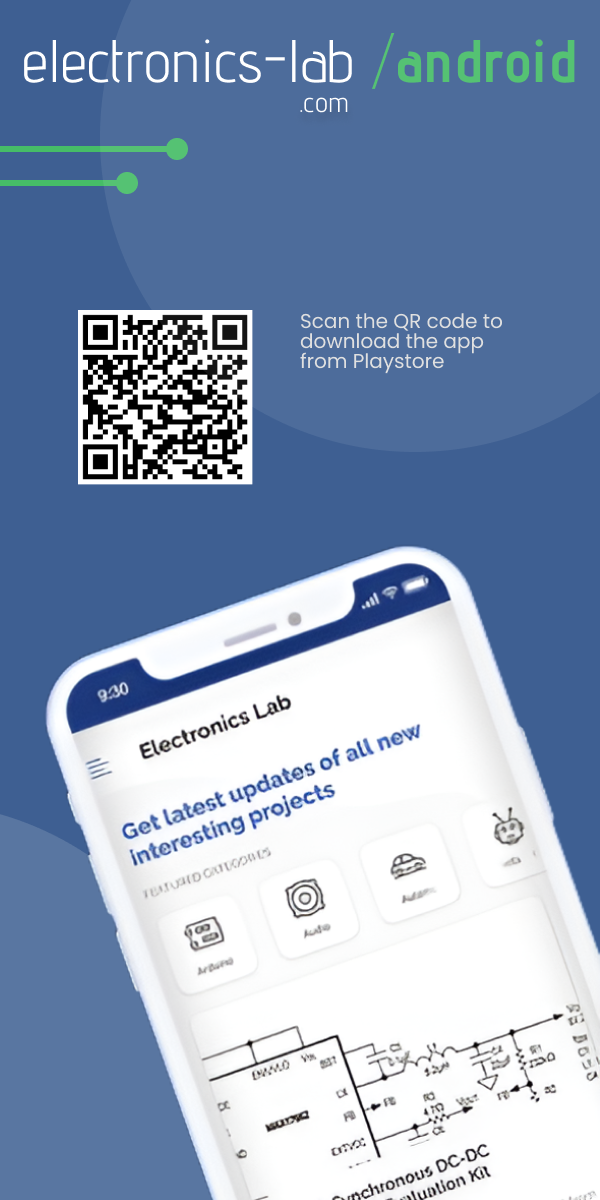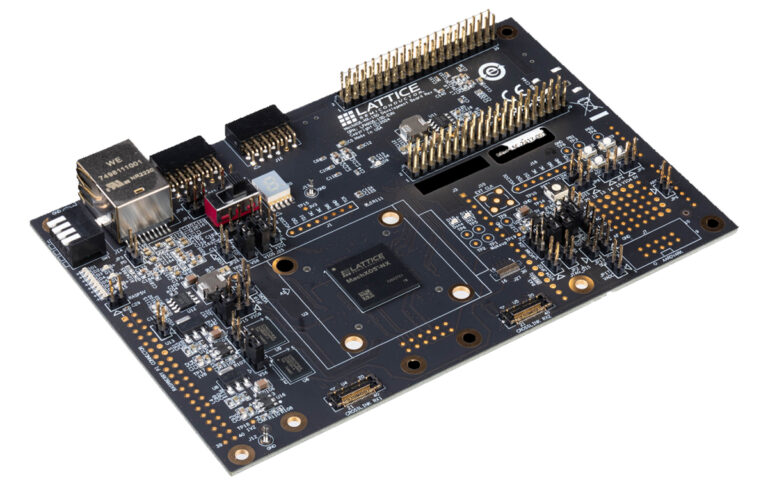
Lattice MachXO5D-NX FPGA Family: Enabling Hardware Security in Programmable FPGAs
Lattice Semiconductor has introduced the MachXO5D-NX FPGA family, which integrates a hardware root of trust (RoT) into low-power FPGAs to address security challenges. By combining on-chip Flash memory and hardware encryption, these FPGAs minimize code capture risks during load time. The MachXO5D-NX family includes three variants with logic cell counts of 27k (FMXO5-25), 53k (LFMXO5-55T), and 96k (LFMXO5-100T).
These FPGAs feature built-in hardware encryption, a cryptographic engine supporting AES-256, ECDSA-384/521, SHA2-256/384/512, and RSA 3072/4096, and a unique secret identity (USID) for device identity protection. Built on a 28-nm fully-depleted silicon-on-insulator (FD-SOI) process, these FPGAs reduce power consumption by 75% and lower soft error rates by 100x. They support interfaces such as MIPI D-PHY (CSI-2, DSI), LVDS, Gigabit Ethernet, and PCIe, making them suitable for secure edge applications.
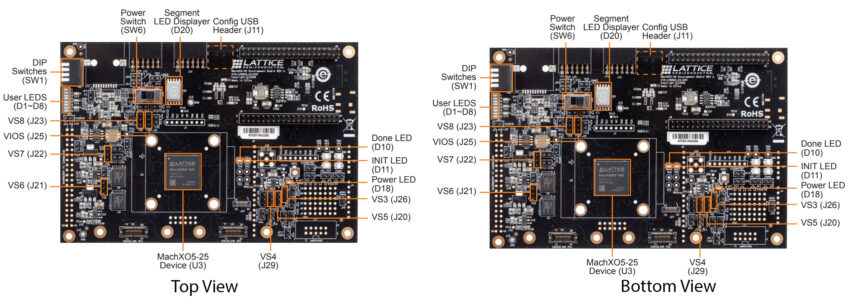
Specifications of Lattice MachXO5D-NX FPGA Family
- FPGA: Lattice Semi MachXO5D-NX FPGA family
- 27k (FMXO5-25)
- 53k (LFMXO5-55T)
- 96k (LFMXO5-100T)
- Programmable Logic: 27k to 96k logic cells, 20 to 156 multipliers
- Memory:
- 1.9 Mbit to 7.3 Mbit embedded memory
- DDR3/DDR3L/LPDDR4 support
- Interfaces:
- MIPI D-PHY, LVDS, SLVS, SGMII
- PCIe Gen1/2, Ethernet
- I/O:
- 200-300 programmable I/O
- High-performance (1.8V) and wide-range (3.3V)
- Analog Features:
- Dual ADC (1 MSPS, 12-bit SAR)
- Three continuous-time comparators
- Security Features:
- Bitstream encryption (AES-256)
- Authentication (ECDSA)
- Secure boot
- Additional Features:
- Clock Data Recovery (CDR)
- sysDSP blocks with Dynamic Shift for AI/ML
- sysMEM EBR
- Soft error mitigation
- Dual ADC, dual DAC
- Power Management: Low-power and high-performance modes
- Dimensions: 17 x 17mm
For more detailed information, you can check out the MachXO5-NX Family datasheet on Lattice Semiconductor’s website.
The MachXO5-NX FPGAs enable edge AI and math-intensive applications with multipliers and DSP cells. The FPGA also comes with MIPI, LVDS, Ethernet, PCIe, and DDR interfaces. Embedded Flash memory supports multi-boot and user storage. Additionally, the chips are compatible with the Lattice Radiant design suite and utilize pre-engineered IP modules.
This FPGA also features a hardware-based cryptographic engine with advanced encryption standards (AES), a true random number generator, and a unique secret identity for enhanced security. The devices are crypto-agile, which means they can switch between multiple cryptographic algorithms or methodologies. Additionally, they support Commercial National Security Algorithms (CNSA) specified for bitstream and cryptographic algorithms like AES-256 and SHA2-512. By integrating security features into hardware, no FPGA fabric needs to be dedicated to security, ensuring efficient utilization of resources.
The MachXO5-NX includes an FD-SOI’s layered architecture that reduces leakage current, resulting in 75% lower power consumption and a 100x reduction in soft errors. This makes it suitable for use in electrically noisy and radiation-prone environments.
Another problem this chip solves is the code capture risk, often associated with glitching—a process where a chip is powered with an electrical pulse or voltage fluctuation, causing temporary malfunction and potential security bypass. The MachXO5D-NX FPGAs help prevent unauthorized access and code capture by providing robust hardware-based protection.
Lattice Semiconductor also offers the MachXO5-NX development board, built around the MachXO5-NX-25 FPGA. This board provides a range of features for secure control and system management. It offers flexible I/O options, including SGMII and ADC, and is compatible with various expansion headers like Arduino, Raspberry Pi, and FX12. It supports multiple configuration modes (JTAG, I2C/I3C, SPI) and includes components like HyperRAM, LEDs, switches, and buttons for demonstration and prototyping purposes. The board is designed to simplify the development process and enhance security in programmable FPGA applications.





